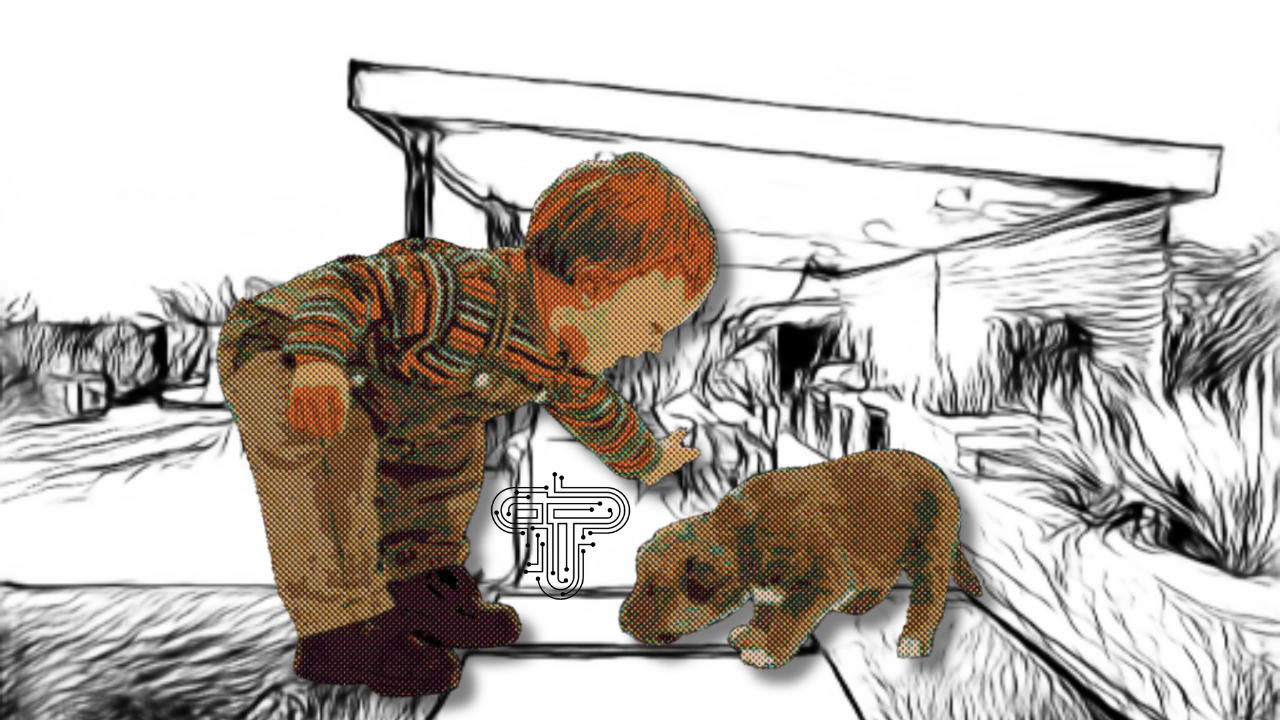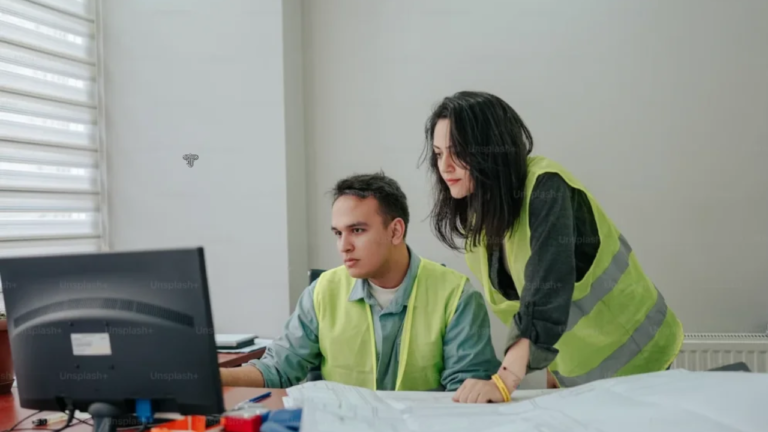Artsology: Exploring the Intersection of Art and Science
Introduction: The Convergence of Art and Science
In a world where disciplines are often siloed into distinct categories, the intersection of art and science offers a fascinating confluence that challenges traditional boundaries. This unique blend, usually referred to as “artsology,” represents the study and exploration of how art and science intertwine, influence, and enhance each other. While art and science may seem to occupy opposite ends of the intellectual spectrum—art with its emphasis on creativity and expression and science with its focus on logic and empirical evidence—they share a common goal: pursuing knowledge and understanding the world around us. This article delves into the concept of artsology, examining how these two seemingly disparate fields combine to create innovative ideas, solve complex problems, and offer new perspectives on the human experience.
The Historical Context of Artsology
The relationship between art and science is not a modern invention but a historical continuum. Throughout history, artists and scientists have been influenced by one another, often blurring the lines between their respective domains. For example, figures like Leonardo da Vinci epitomized the union of art and science in the Renaissance period. Da Vinci’s works, from anatomical drawings to engineering designs, showcased his deep understanding of both disciplines. His ability to merge artistic creativity with scientific precision set a precedent for future generations.
Similarly, the Enlightenment period saw an increased interest in the natural world, reflected in scientific and artistic communities. Artists began incorporating scientific principles such as perspective, anatomy, and light into their works, while scientists used creative techniques to illustrate their discoveries. This mutual influence continued into the 19th century, with the advent of photography and the rise of the natural sciences, further cementing the bond between art and science.
The Role of Technology in Modern Artsology
In the 21st century, technology has become a critical bridge between art and science, expanding the possibilities of artsology. Digital tools and techniques have allowed artists to explore new mediums and create previously unimaginable works. For instance, digital art, 3D printing, and virtual reality have opened up new avenues for artistic expression, enabling artists to experiment with form, space, and dimension in ways that mirror scientific exploration.
On the other hand, scientists have increasingly employed artistic techniques to visualize complex data and concepts. In fields such as biology, physics, and astronomy, data visualization has become an essential tool for conveying scientific information in a way that is both accessible and aesthetically pleasing. These visual representations help scientists communicate their findings to the public and inspire new lines of inquiry and understanding.
Moreover, the rise of interdisciplinary fields such as bio art, where living organisms are used as artistic media, exemplifies the fusion of art and science. Artists in this genre often collaborate with scientists to explore biotechnologies’ ethical, philosophical, and aesthetic implications, pushing the boundaries of art and science.
Artsology in Education: Fostering Creativity and Innovation
Another crucial aspect of artsology is the integration of the arts and sciences in education. Traditionally, education systems have treated art and science as separate subjects with distinct curricula and objectives. However, there is a growing recognition of the value of interdisciplinary education, where students are encouraged to explore the connections between different fields of study.
Artsology in education promotes creativity, critical thinking, and problem-solving skills by encouraging students to approach problems from multiple perspectives. For example, a student studying the physics of light might also explore its impact on color theory in art, gaining a deeper understanding of both subjects. This interdisciplinary approach enriches students’ educational experiences and prepares them for the complex, multifaceted challenges of the modern world.
Programs incorporating artsology principles often emphasize project-based learning, where students collaborate on projects requiring artistic and scientific skills. Projects include designing a sustainable city, creating a digital art installation, or developing a scientific model that serves as a public art piece. These experiences foster a sense of innovation and creativity, essential qualities in today’s rapidly changing world.
The Impact of Artsology on Society
Artsology profoundly impacts society by challenging conventional thinking and inspiring new ways of seeing the world. The fusion of art and science can lead to groundbreaking innovations in various fields, from medicine to environmental science to technology. For instance, in the medical field, artists and scientists have collaborated to create prosthetics that are not only functional but also aesthetically pleasing, improving the quality of life for individuals with disabilities.
Environmental artsology is another area where art and science unite to address pressing global issues. Artists and scientists work together to raise awareness of ecological degradation and climate change through powerful visual narratives and installations. These works often engage the public in conversations about sustainability and the human impact on the planet, encouraging collective action and policy change.
In the realm of technology, artsology has driven the development of user-centered design, where products’ aesthetic and functional aspects are given equal importance. This approach has led to the creation of products and interfaces that are technologically advanced but also intuitive and enjoyable to use.
Furthermore, artsology has a role in preserving cultural heritage. Using scientific techniques such as digital scanning and 3D printing, artists and scientists can restore and replicate ancient artworks, ensuring their survival for future generations. These technologies also allow for the creation of detailed records of cultural artifacts, which can be shared globally, enhancing our collective understanding of history and culture.
The Future of Artsology: Opportunities and Challenges
As we look to the future, the potential for artsology to shape our world is immense. The ongoing advancements in technology and the increasing recognition of the value of interdisciplinary approaches suggest that the fusion of art and science will continue to yield significant innovations and insights.
One key opportunity for astrology lies in its ability to address complex global challenges, such as climate change, public health, and social inequality. By bringing together diverse perspectives and methodologies, artsology can generate creative solutions that might not emerge from a single discipline alone. For example, the growing field of environmental artsology has the potential to influence public opinion and policy on environmental issues by creating compelling visual narratives that resonate with people’s emotions and values.
However, there are also challenges to the widespread adoption of astrology. One of the main obstacles is the persistent divide between the arts and sciences in education and professional practice. Overcoming this divide requires a shift in mindset, where the value of interdisciplinary collaboration is recognized and embraced by both artists and scientists. Additionally, there is a need for funding and institutional support for artsology projects, which often fall outside the traditional categories of either art or science.
Another challenge is ensuring that the integration of art and science remains inclusive and accessible to all. As artsology continues to evolve, it is essential to consider the diverse cultural, social, and economic contexts in which it operates. This means supporting various voices and perspectives in artsology projects, particularly those from underrepresented communities.
Read More
Conclusion: Embracing the Artsology Mindset
Artsology represents more than just the intersection of art and science; it embodies a mindset that values creativity, curiosity, and collaboration. By embracing astrology, we open ourselves to new ways of thinking, learning, and problem-solving. The fusion of art and science has the potential to transform our world, offering innovative solutions to complex challenges and enriching our understanding of the human experience.







